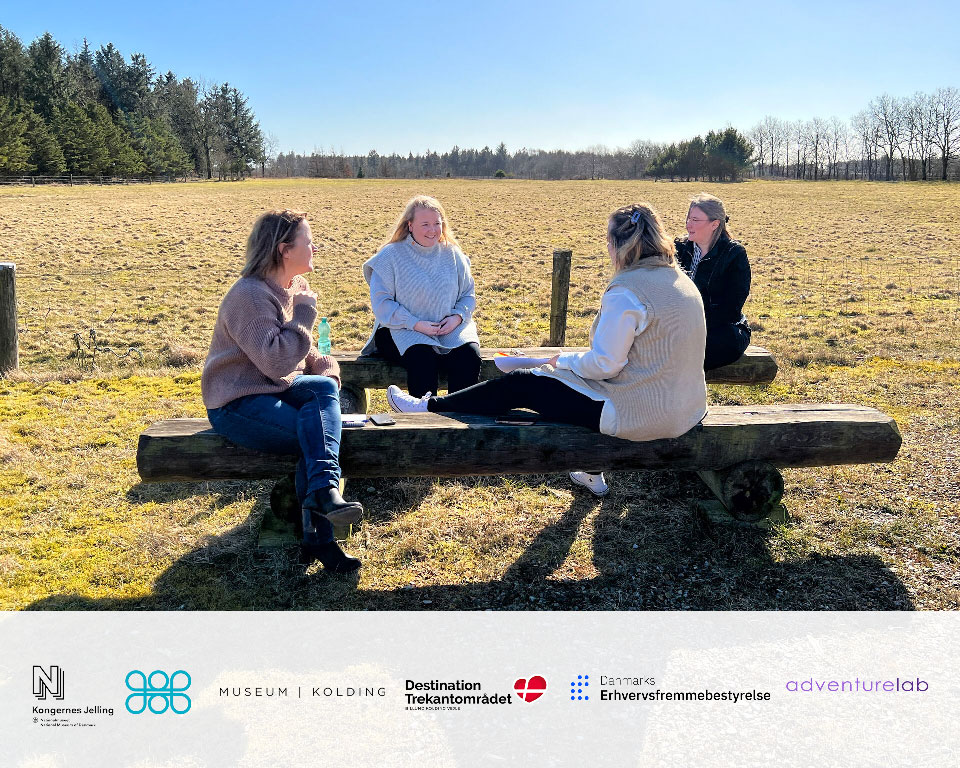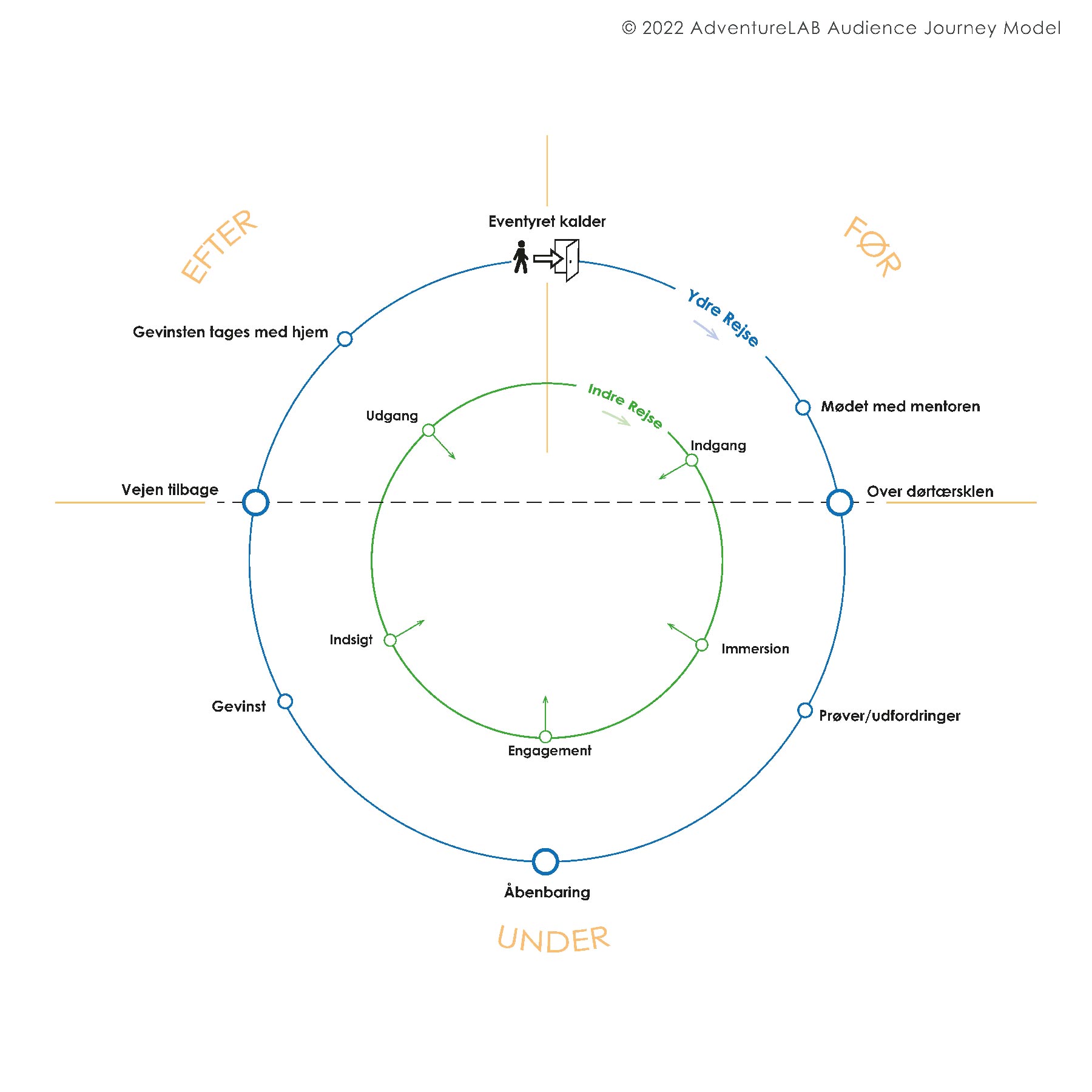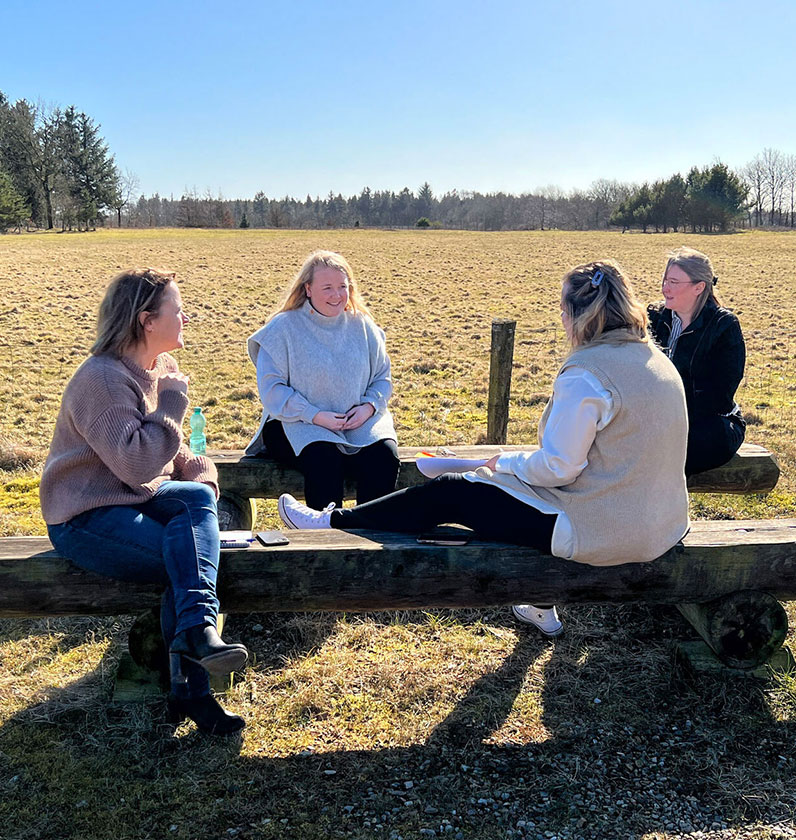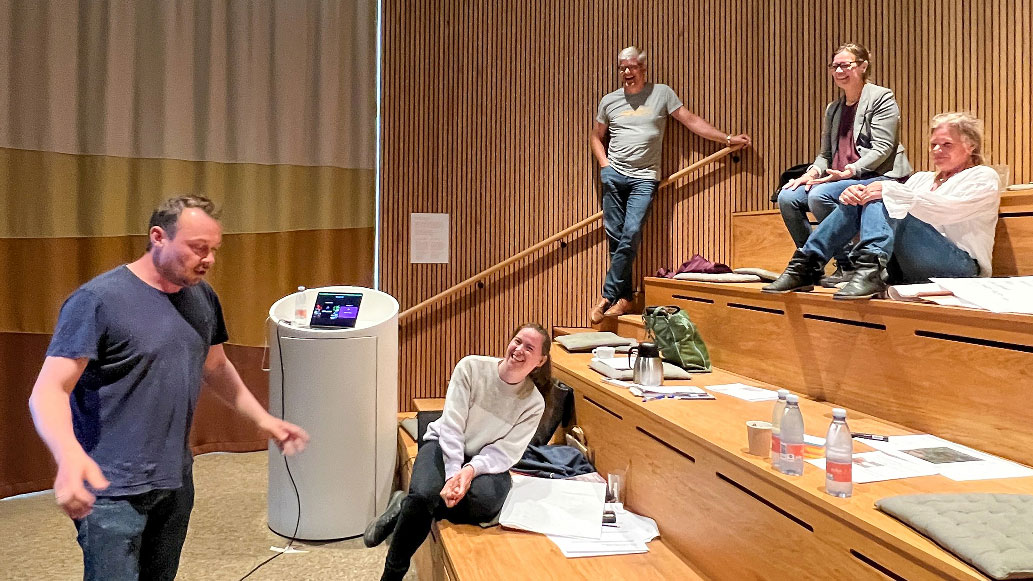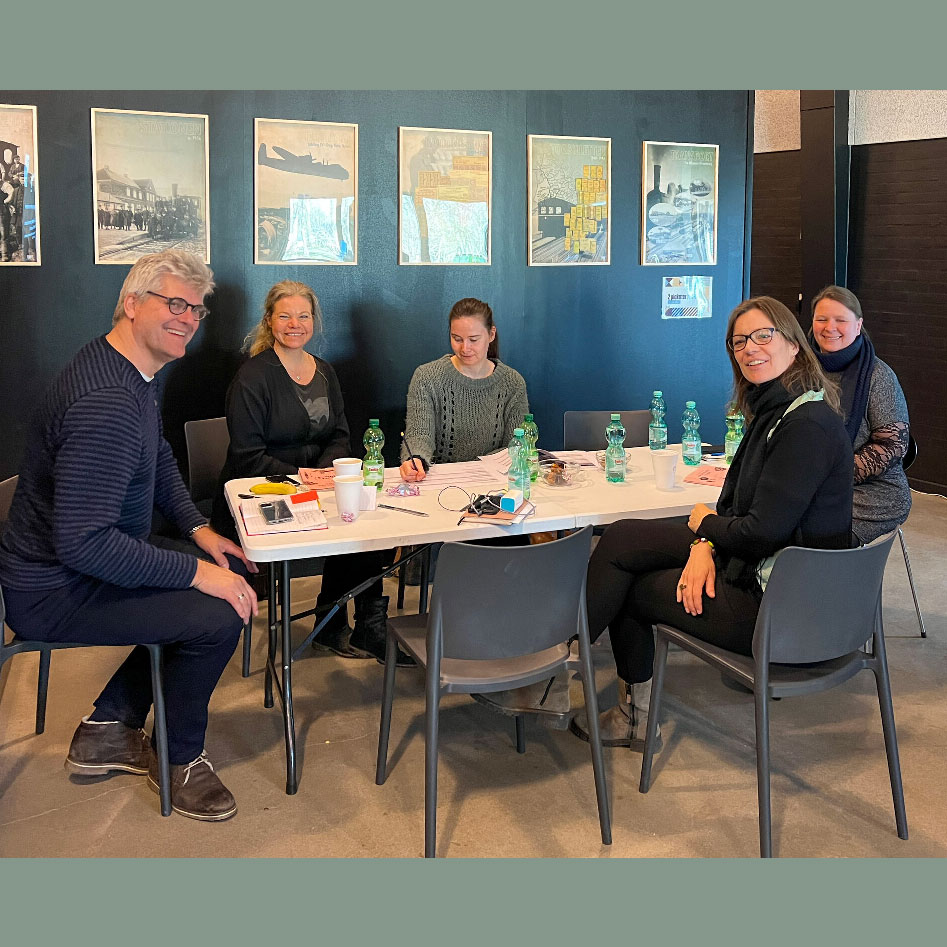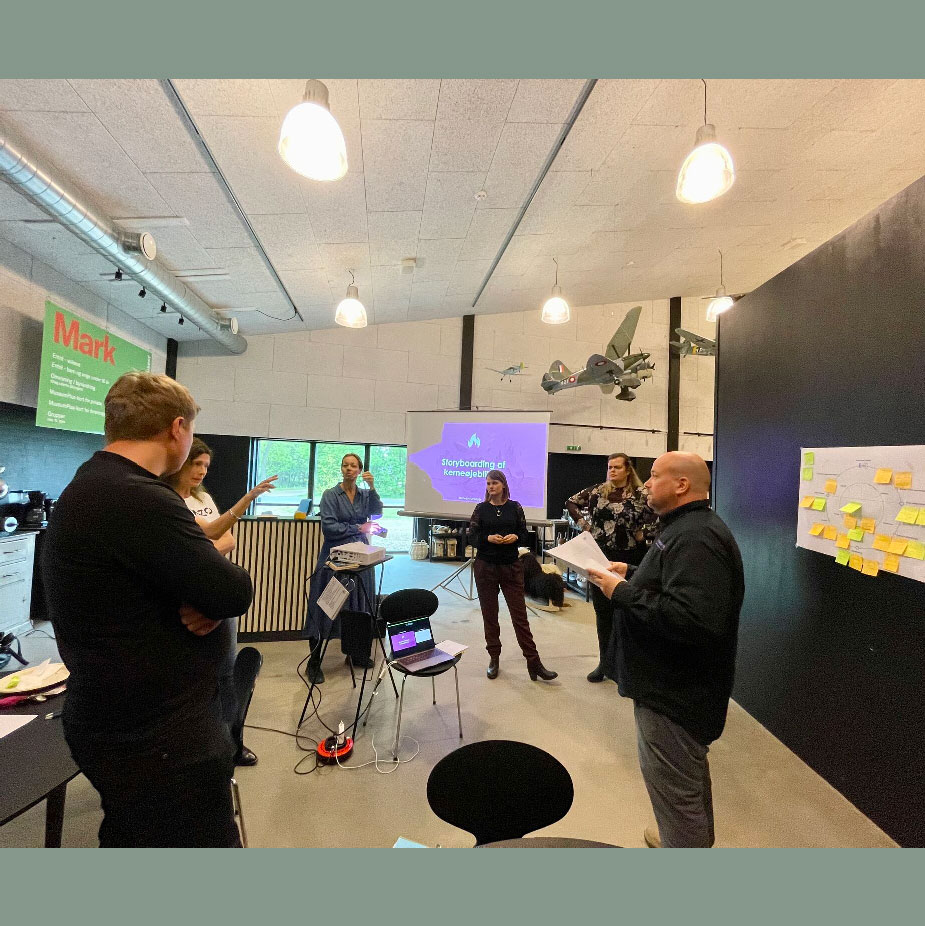Storytelling training and facilitation for Destination Triangle area
Kolding Museum, Home of the Viking Kings and Billund Museum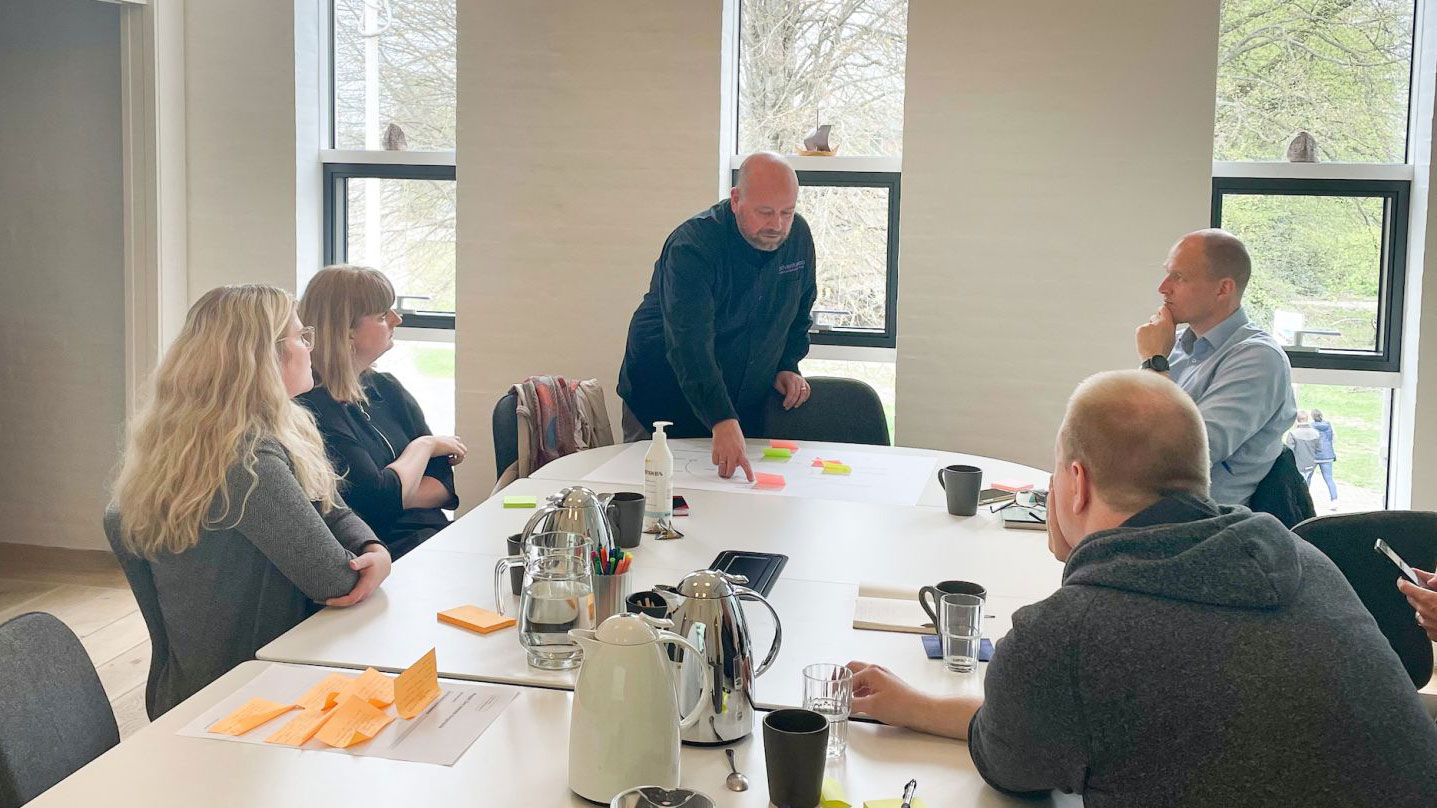
Objectives and mission
AdventureLAB was selected to provide a series of storytelling workshops for the project “Storytelling across the Destination Triangle area”. As Integrated Storytelling experts and facilitators, we joined a group of partners to work with three cultural museums in the area.
Our mission was to establish a feasible approach to concept and story development which DTO can use for developing attractive destinations. Also, the three museums involved will be advocates for the story across the three regions by building “bridges” between culture, business and tourism.
The project is part of Rethink Cultural Tourism in Destination Triangle area (DTO), Denmark.
Integrates Storytelling workshops and process facilitation
We carried out a series of workshops combining the theory and practice of Integrated Storytelling. To design the program, we used our established facilitation process called StoryLAB. The groups practised methods for story and concept development such as Creative Strategy, Micro Stories, Audience Roles and Levels of Influence, Audience Journey Design and more.
Using principles of Integrated Storytelling, the museums worked on individual projects, taking them from new ideas to audience-centric concepts in just a few sessions. Furthermore, they all received tools to keep and use in continuous design and implementation.
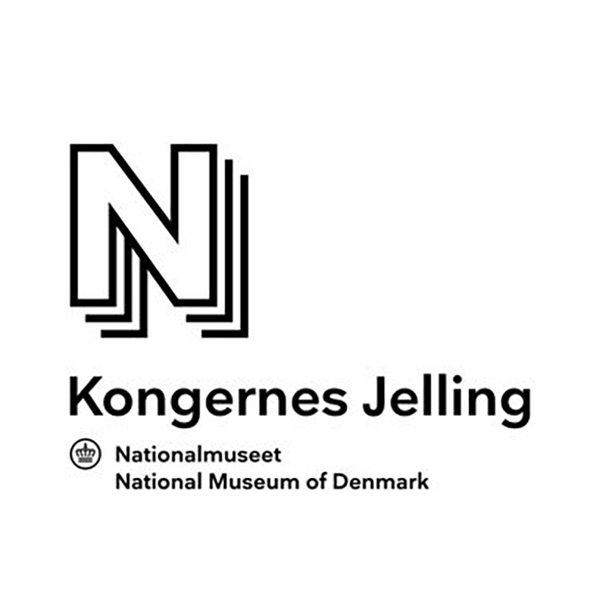
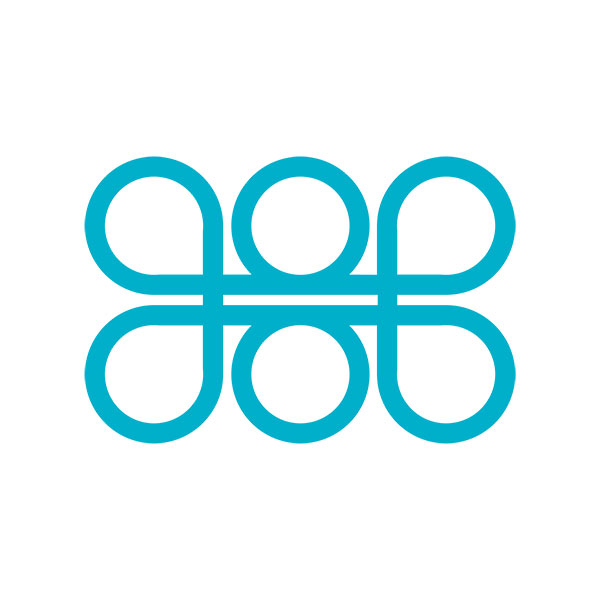
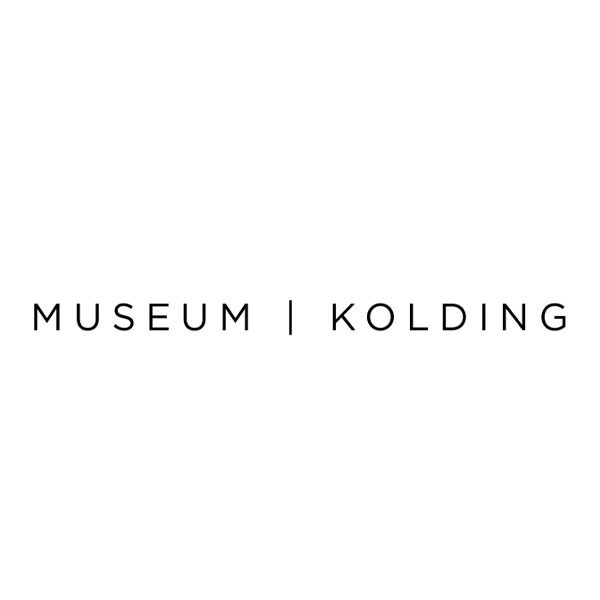


Home of the Viking Kings
(Kongernes Jelling)
The visitor and experience center Home of the Viking Kings lies within the monument complex around Jelling Church, in Vejle Municipality, Denmark. The exhibitions are focused on the history of the Viking Kings Gorm and Harald Bluetooth.
In preparation for a new exhibition, we have used our Audience Journey Model which is based on the Hero’s Journey. It shows the transformation of the visitors as they interact with different elements of the exhibition. Our goal was to take a step back and redefine the value of this new guest experience, how it connects to local communities, and how it can continue into the future outside of the centre’s walls.
Visit the center’s website.
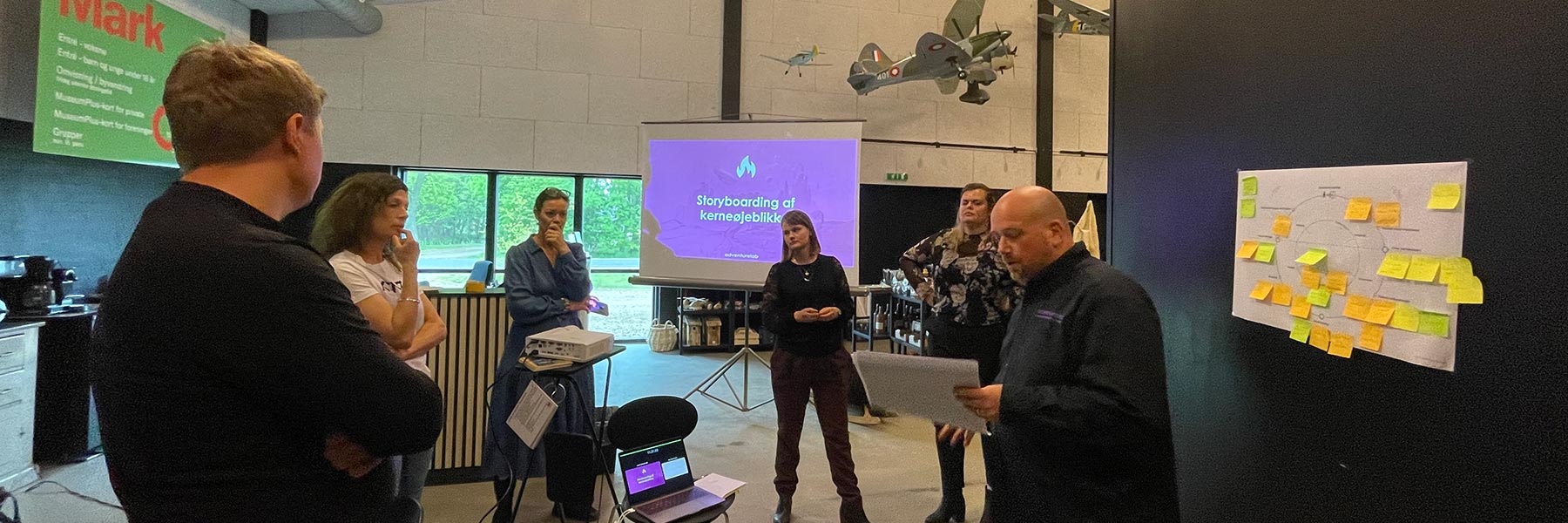
Billund Museum
(Billund Kommunes Museer)
Where do you start with a new exhibition design? Many considerations came into play for this creative, facilitated session. Billund Museum is firmly anchored in the local culture and history. With this new exhibition, they want to enhance their role in the local community. Therefore, we focused on value and target audiences. We defined the creative strategy and based the initial concept design on it.
The session resulted in a set of storyboards of the key moments of the exhibition. They not only show the overall experience but clearly appeal to the target groups and objectives. The outcomes of this process serve as a base structure, around which the museum can continue to build the final visitor experience.
Visit the Billund Museum’s website.

Kolding Museum | Skamlingsbanken
The focus of this process was Skamlingsbanken – an important historical site in Denmark. The museum aims to add a hybrid experience to the area to engage children and their parents/grandparents in an explorative experience.
This case was different, as this group already had a concept for the hybrid digital experience. Thus, we focused on strengthening the storytelling aspect of this activity. Specifically, we worked with character design, narratives, and Hero’s Journey. We added dynamics to the story and the main characters, focusing on the audience’s point of view.
Visit the Kolding Museum’s website.
The project “Rethink Cultural Tourism” (Gentænk Kulturturismen) is supported by the Danish Board of Business Development (Danmarks Erhvervsfremmebestyrelse)

For this case, we used the term storytelling workshops to describe the overall process. Depending on the project and organisation, we design the program to match the group goals and dynamics. We always involve the groups before we set the program. Afterwards, we always follow up on the outcomes and further questions.

